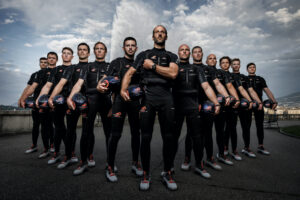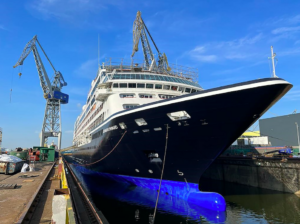Shipwreck of HMS Gloucester is ‘most important since Mary Rose’
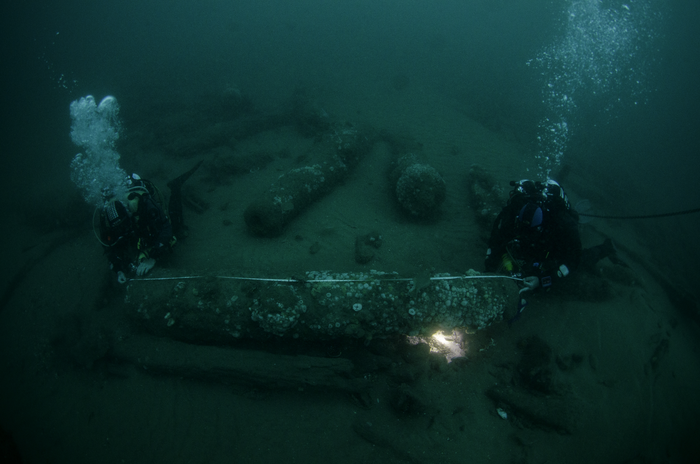
The wreckage of a royal warship, which sank while carrying a future King of England, has been hailed as the greatest shipwreck discovery since the Mary Rose.
HMS Gloucester ran aground near Great Yarmouth in Norfolk, some 28 miles off the east coast of England, in 1682. Aboard was the Duke of York, James Stuart, who later became King James II.
The wreck of the famous ship was discovered by divers in 2007, but the news was kept secret until yesterday for security reasons.
Reports of the incident detail how the Duke of York had a dispute with the ship’s pilot James Ayres about navigating the infamously treacherous Norfolk sandbanks.
The ship hit a sandbank at around 5.30am on May 6, 1682, killing an estimated 130 to 250 crew and passengers thanks to the slow response of the Duke of York, who delayed abandoning ship until the last moment. Due to protocol, others could not abandon the ship before royalty.
Diarist and naval administrator Samuel Pepys, who witnessed events from another ship in the fleet, wrote his own account describing the harrowing experience for victims and survivors, with some picked up “half-dead” from the water.
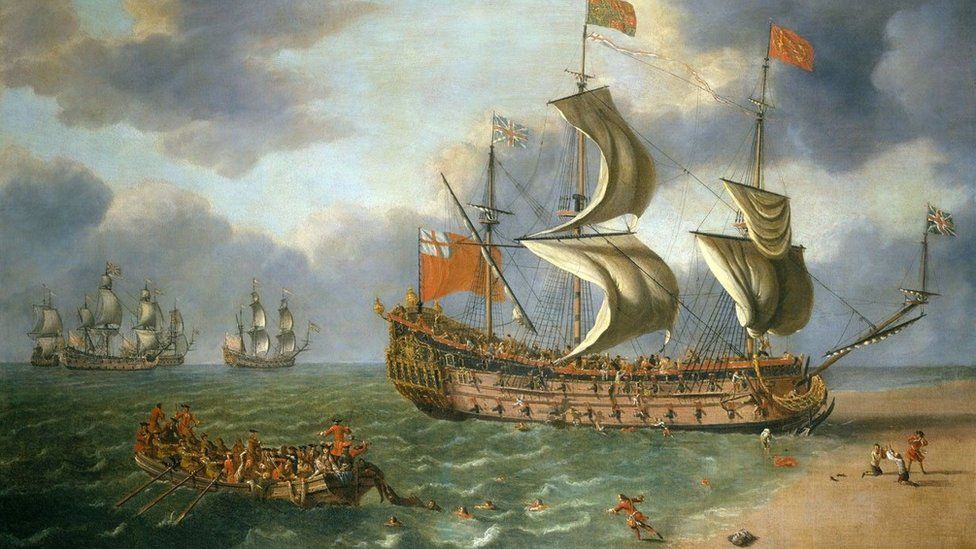
The Duke of York refused to take responsibility for the deaths and instead blamed the pilot Ayres, and sought to have him hanged. Ayres was eventually imprisoned. The Duke of York went on to become the Catholic heir to the Protestant throne in an era of religious and political tension.
Due to the age and prestige of the ship, the condition of the wreck, the finds already rescued, and the accident’s political context, the discovery is described by maritime history expert Prof Claire Jowitt, of the University of East Anglia (UEA), as the most important maritime discovery since the Mary Rose.
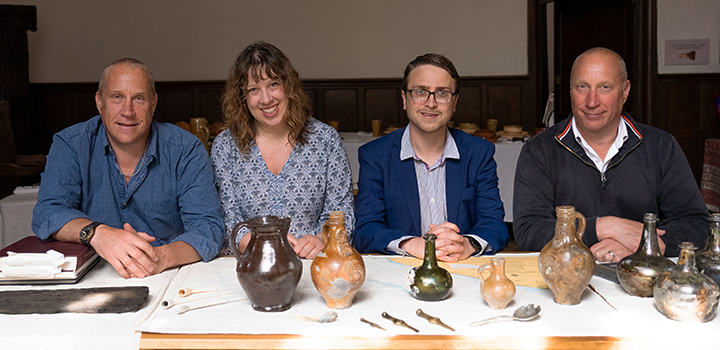
“Because of the circumstances of its sinking, this can be claimed as the single most significant historic maritime discovery since the raising of the Mary Rose in 1982,” says Jowitt. “The discovery promises to fundamentally change understanding of 17th Century social, maritime and political history.
“It is an outstanding example of underwater cultural heritage of national and international importance… the full story of the Gloucester‘s last voyage and the impact of its aftermath needs re-telling.”
Norfolk-based printer brothers Julian and Lincoln Barnwell, together with friend James Little, their late father and another unnamed friend, spent four years on diving expeditions to locate the famed vessel.
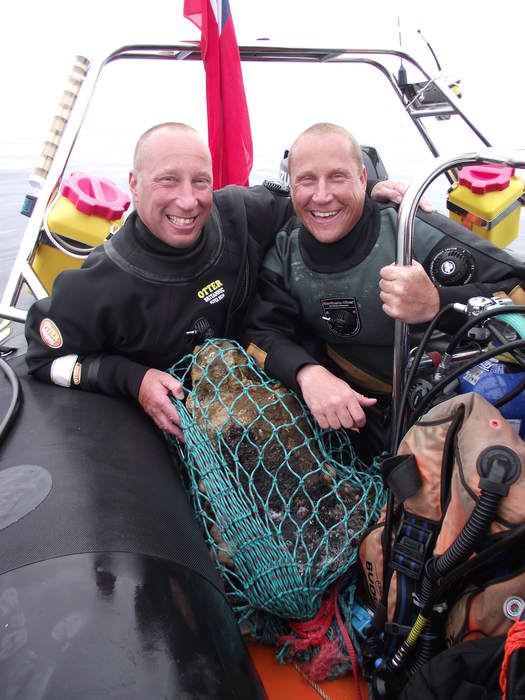
Lincoln says he was partly inspired to search for the wreck after watching the lifting of the Mary Rose on television as a child.
“It was our fourth dive season looking for Gloucester,” he said. “We were starting to believe that we were not going to find her, we’d dived so much and just found sand. On my descent to the seabed the first thing I spotted were large cannon laying on white sand, it was awe-inspiring and really beautiful.
“It instantly felt like a privilege to be there, it was so exciting. We were the only people in the world at that moment in time who knew where the wreck lay. That was special and I’ll never forget it. Our next job was to identify the site as the Gloucester.”
Julian says that they did not initially know if the wreck was the one they were looking for.
“When we decided to search for the Gloucester we had no idea how significant she was in history,” he says. “We had read that the Duke of York was onboard but that was it. We were confident it was the Gloucester, but there are other wreck sites out there with cannons, so it still needed to be confirmed.
“There is still a huge amount of knowledge to be gained from the wreck, which will benefit Norfolk and the nation. We hope this discovery and the stories that are uncovered will inform and inspire future generations.”
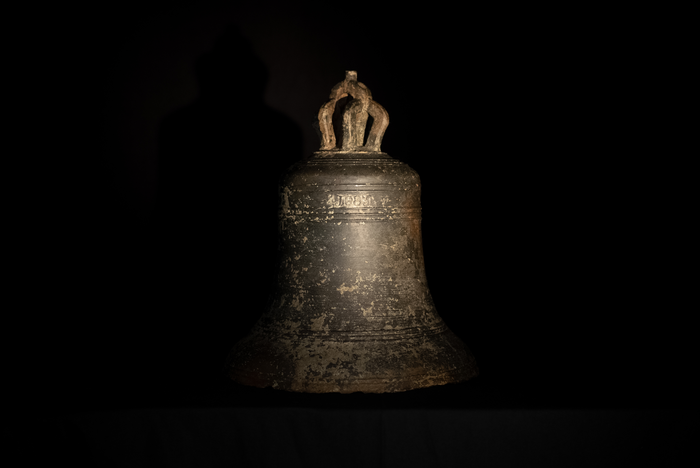
Although the team discovered the 340-year-old shipwreck 15 years ago, the Receiver of Wreck and Ministry of Defence decisively identified it in 2012 after the ship’s bell was recovered.
Since then the “at-risk” site – which is in international waters – has had to be protected. The exact location of the wreck has still not been disclosed.
Now a major exhibition is planned for Spring 2023, the result of a partnership between the Barnwell brothers, Norfolk Museums Service, and UEA.
Running from February to July at Norwich Castle Museum & Art Gallery, the exhibition will display finds from the wreck – including the bell that confirmed the ship’s identity – and share ongoing historical, scientific and archaeological research.


